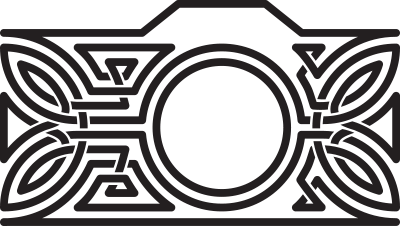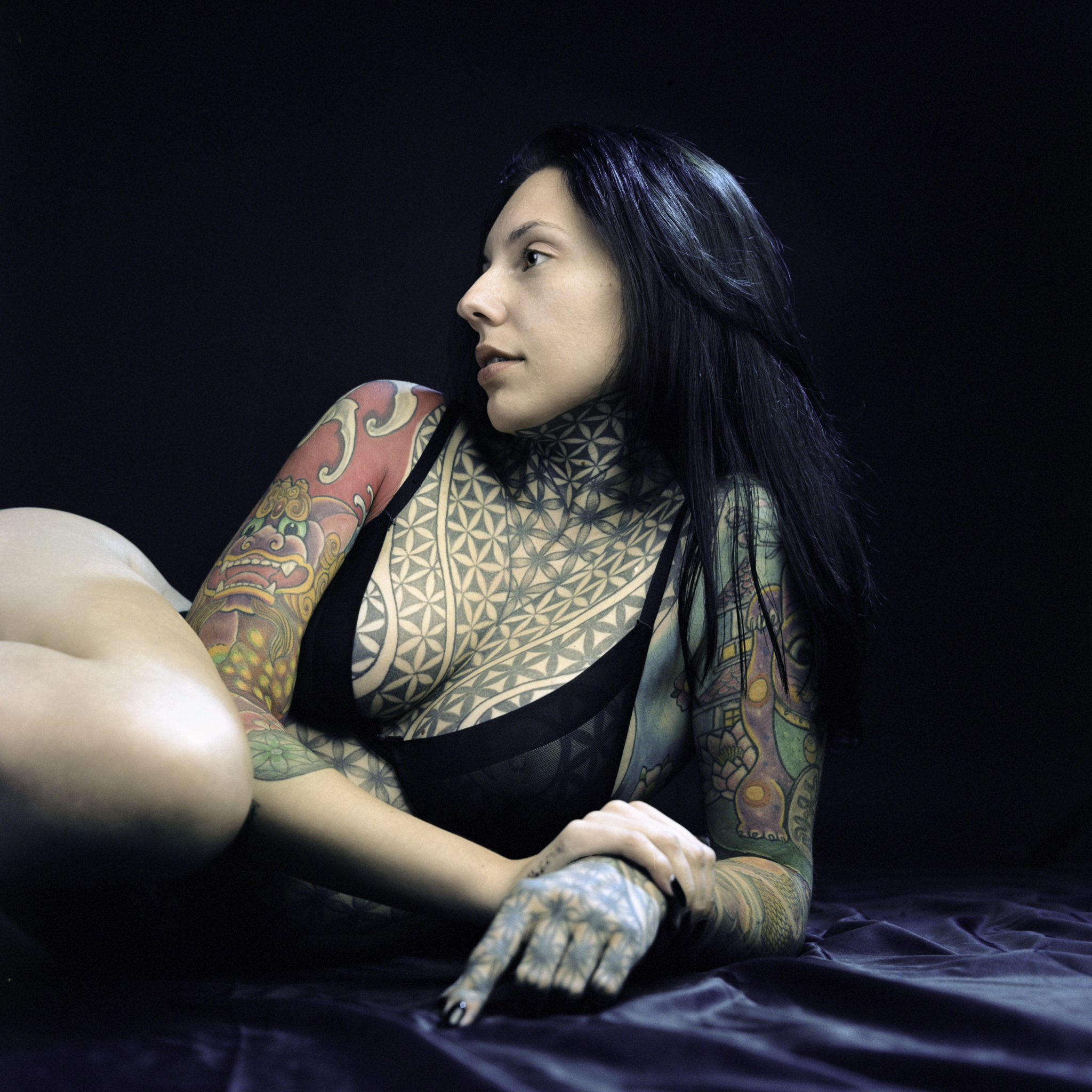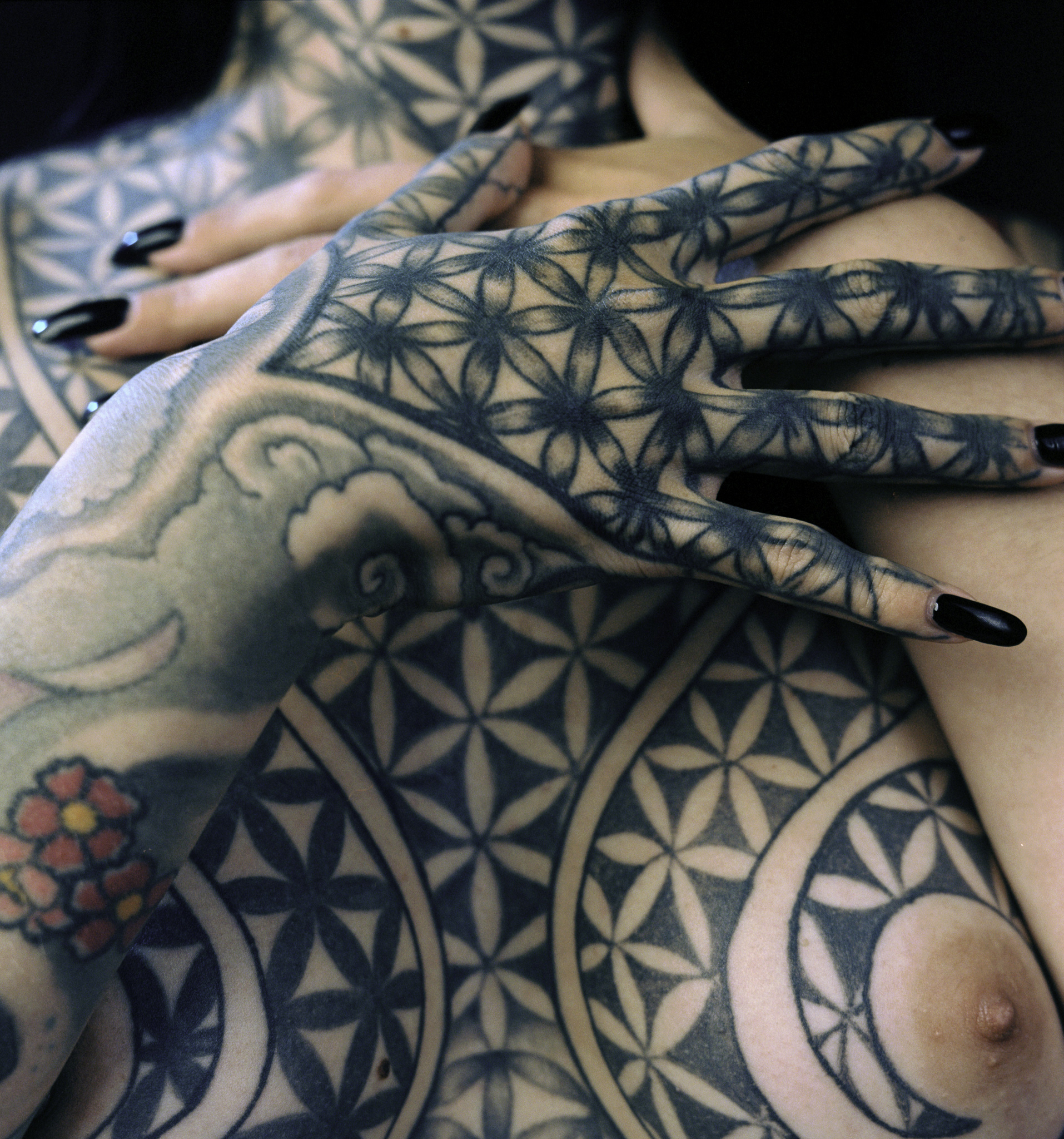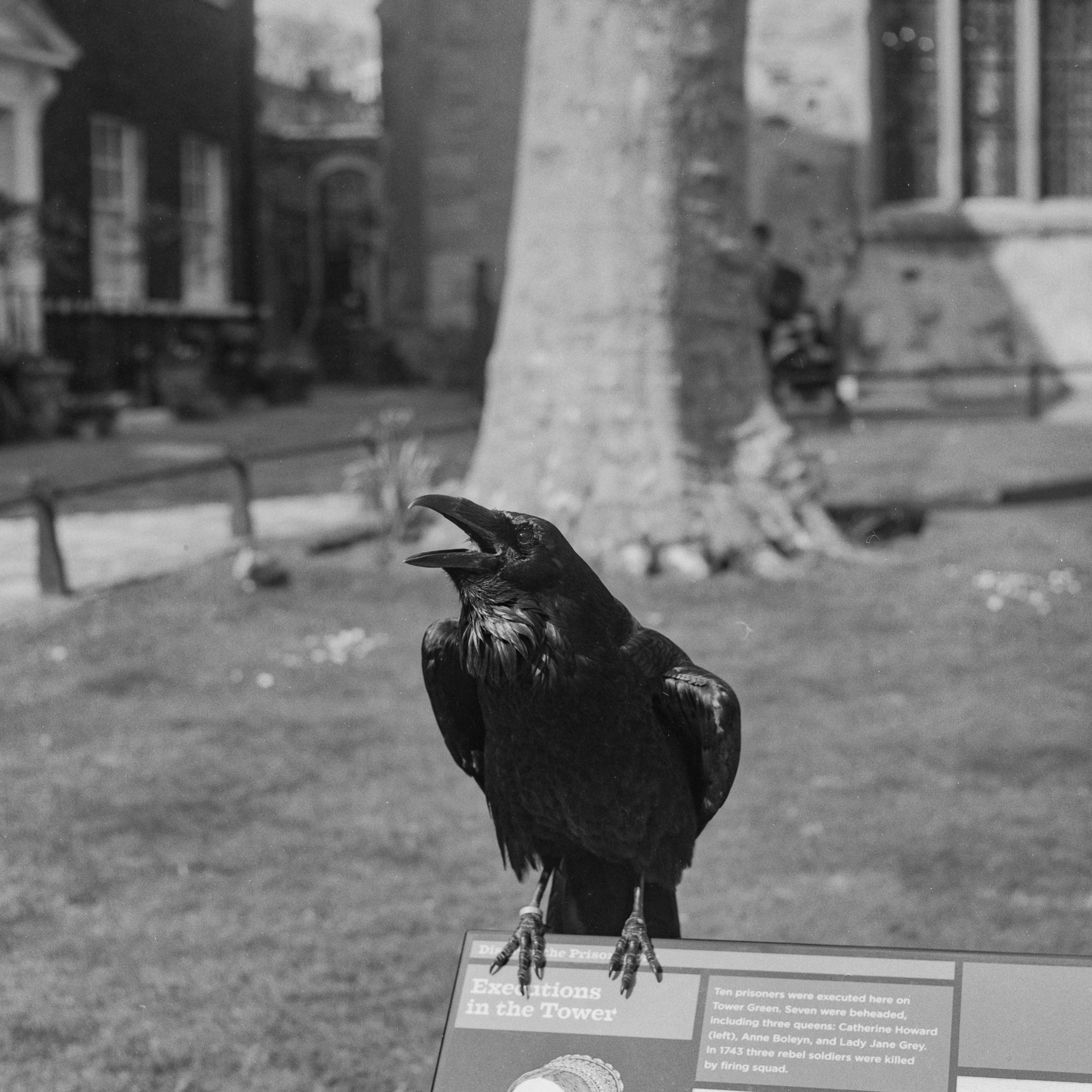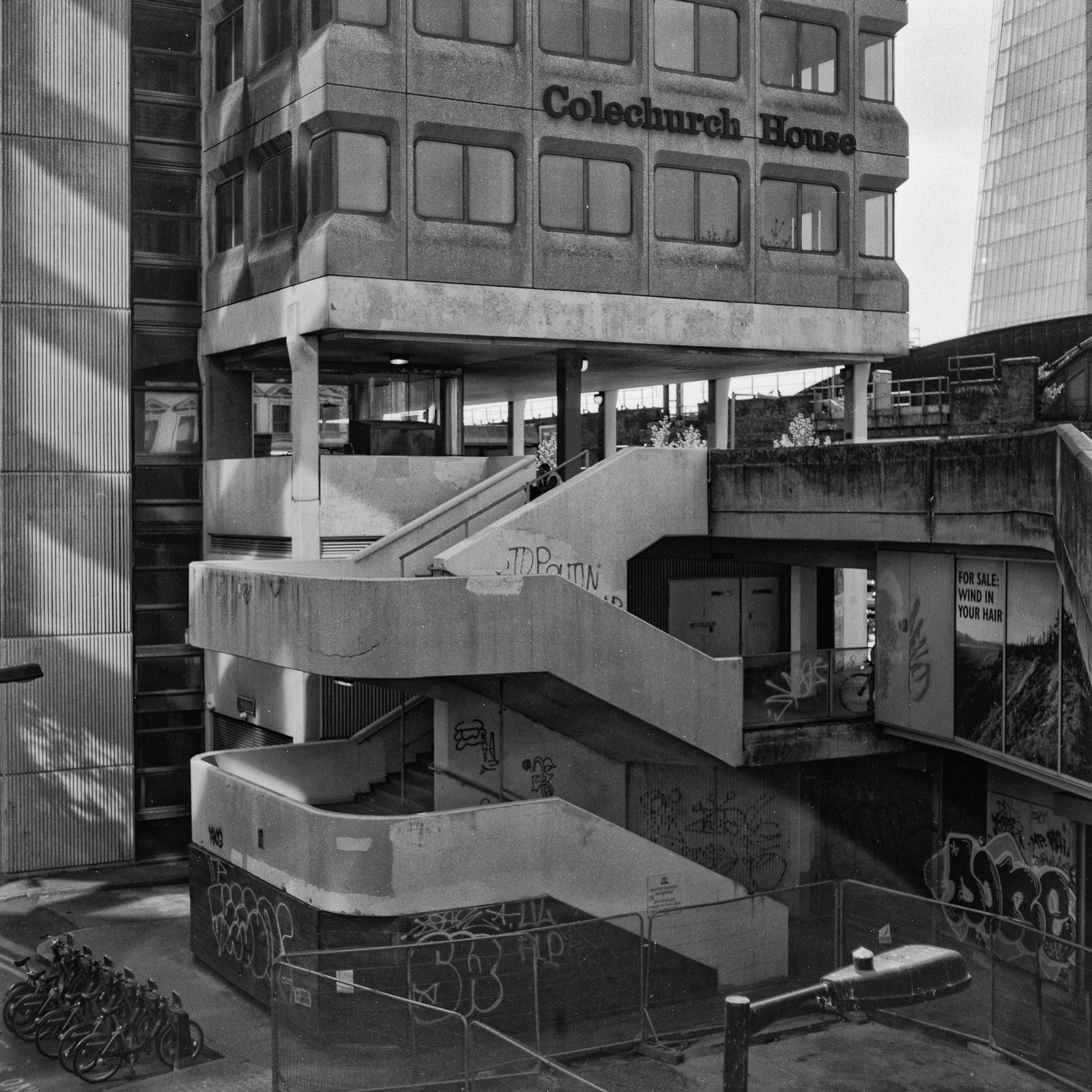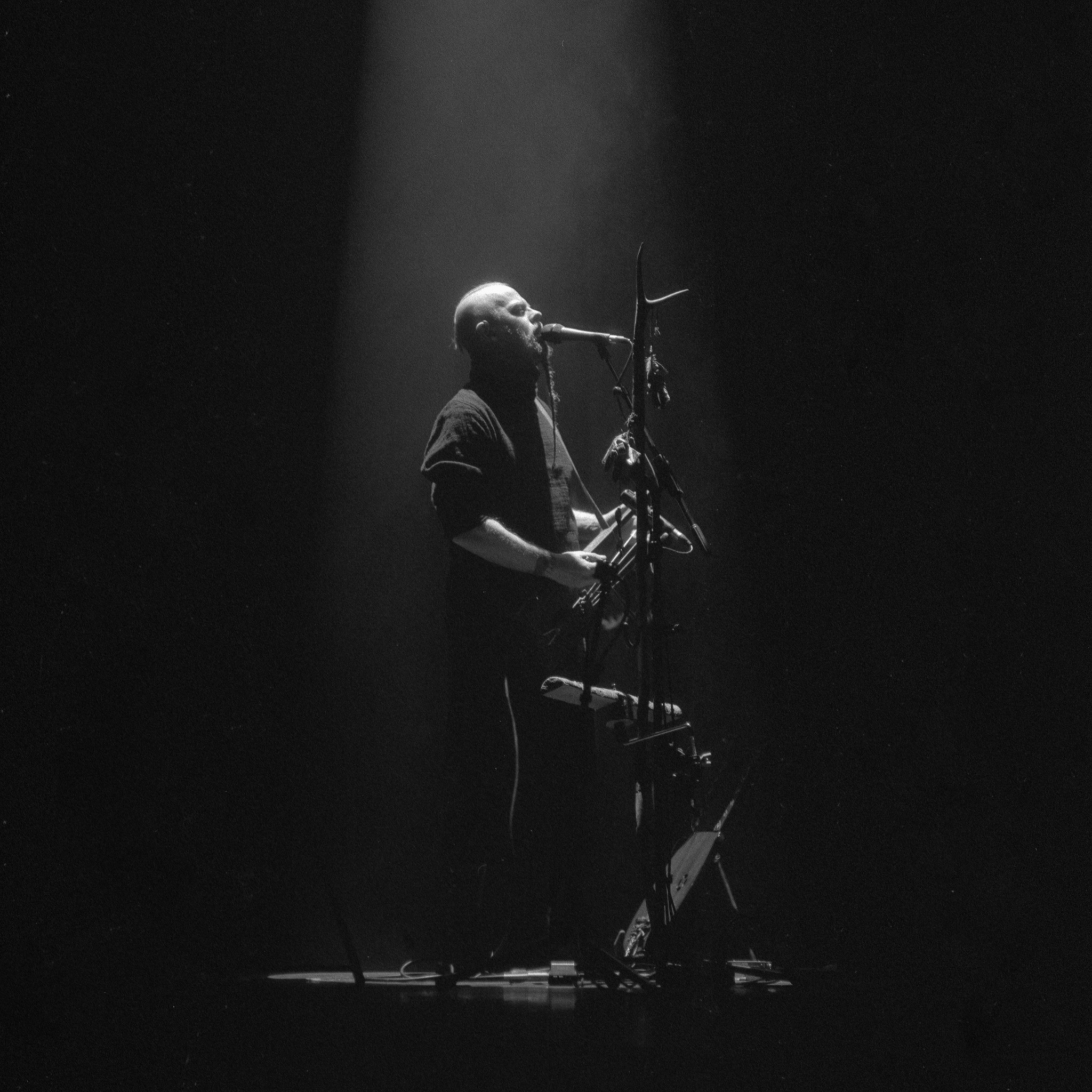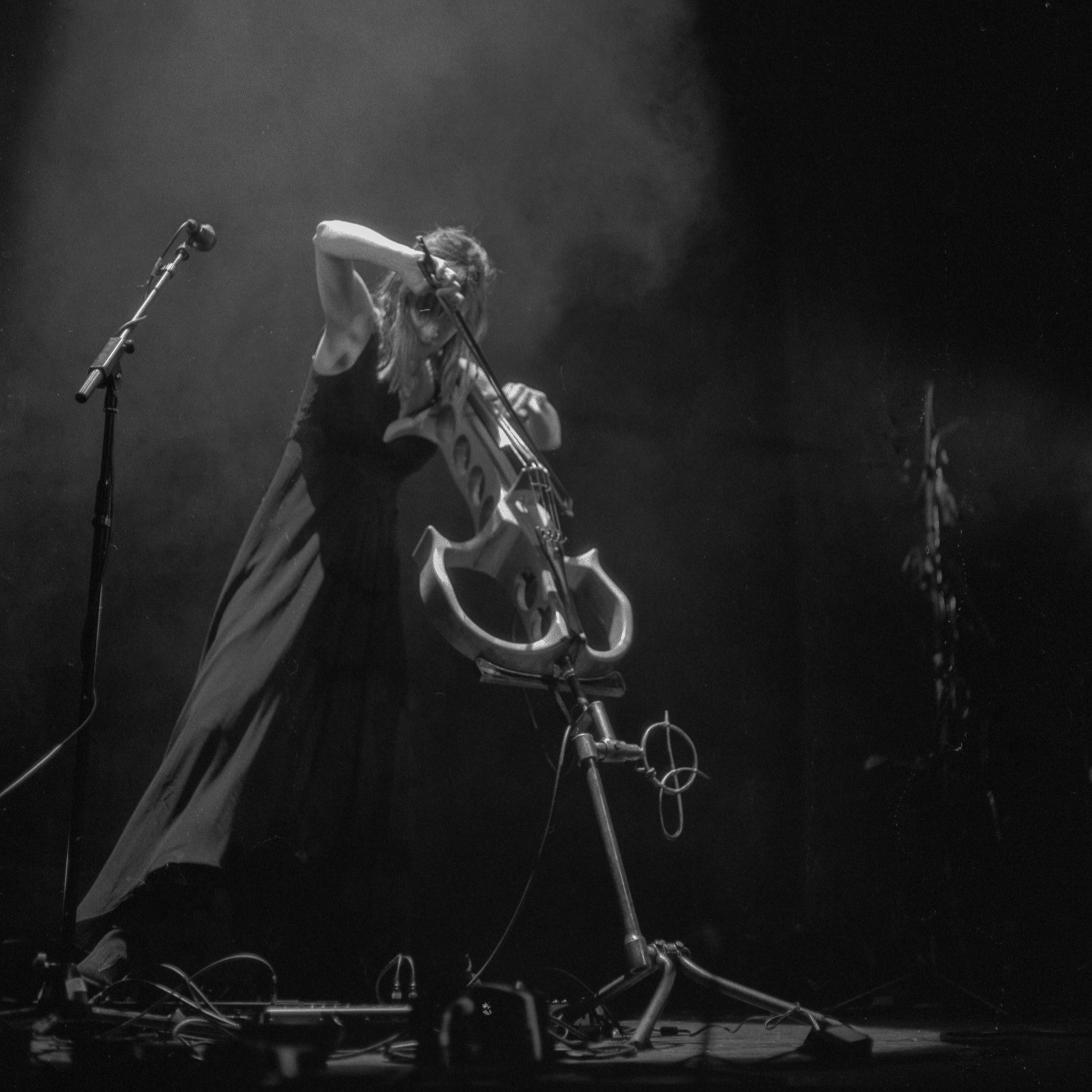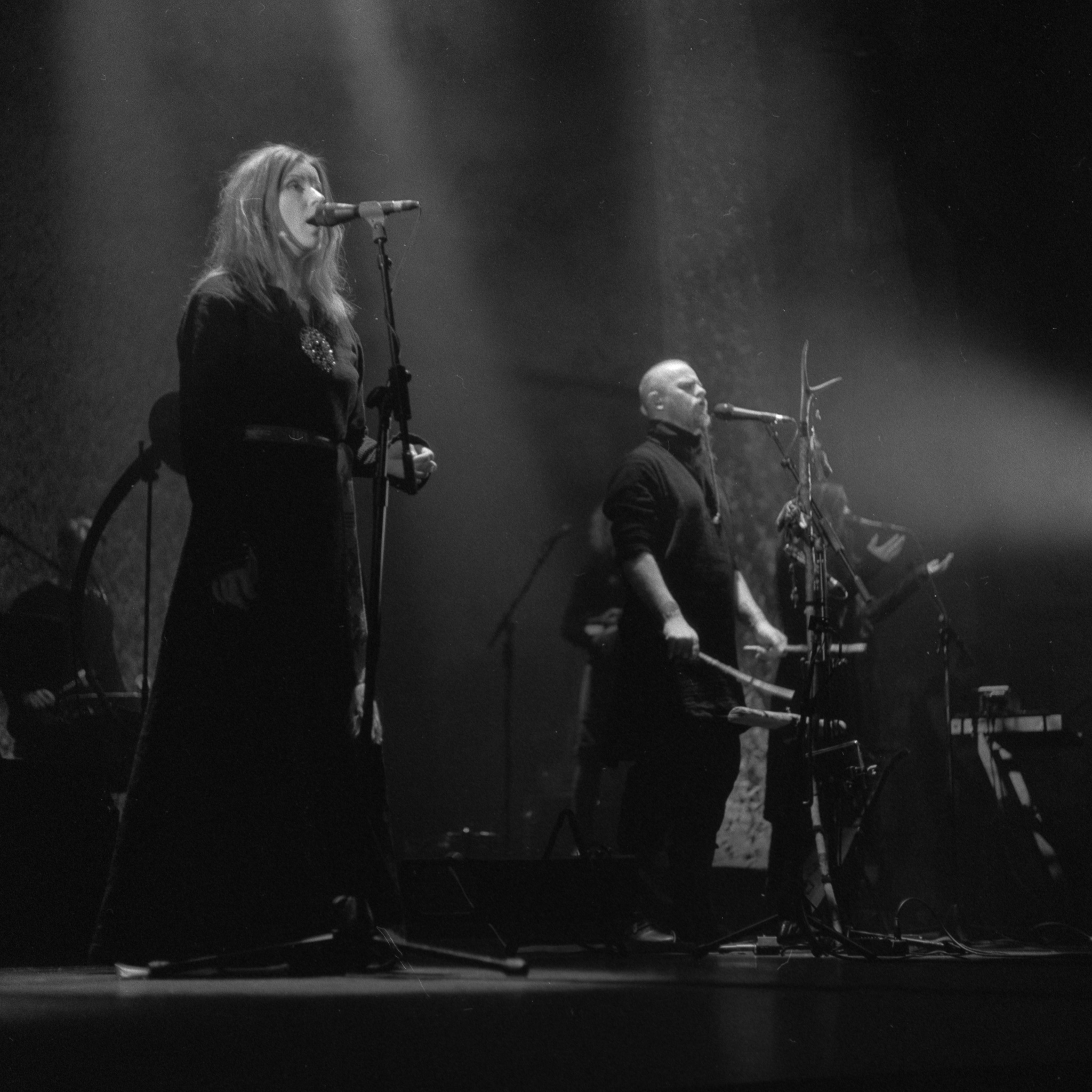I love the 6×6 format, The square aspect ratio suggests interesting ways to frame a subject and the big negatives are a joy to work with. I have a few options already in this format – my trusty Arax, my NIB Kiev 60, and a Flexaret TLR. I’ve wanted another TLR for a while and I specifically wanted a Mamiya C series. These were a very long running range of cameras that were produced in various forms from 1956 right through to 1994. Over time they received upgrades and new variants but the main models in the range were the ‘2 series’ (C2, C22, C220) which had fewer features and were aimed at amateur shooters, and the 3 range C3, C33, C330) which were the heavy duty professional grade models.

My C3 is from around 1963 and it is absolutely mint. I could easily believe that it had never seen a roll of film before I got it. The bellows is in perfect condition, the metal is bright and has no wear marks, the printed focussing range guides on the slide are all perfectly crisp and the lenses are clear as a bell.
Lenses are the C series’ biggest attractions. Not only are the Mamiya-Sekor lenses very sharp, they are also interchangeable, a feature that no other TLR has to my knowledge. The lenses are supplied attached to a double lensboard that has both the taking lens and the viewing lens attached. They look a little like opera glasses and they come in a lovely leather case. As with most 6×6 system cameras, the normal lens is an 80mm f/2.8 but there are also wide angle options at 55 and 65mm, short telephoto at 105 and 135mm, and two longer telephoto options at 180 and 250mm. I have the 55, 180 and 250mm lens sets as well as the 80mm that was supplied with the camera.

As with most TLRs, the shutter is a leaf shutter attached to the lens. Therefore, taking the lens off would normally expose the film transport to light. Mamiya solved that by having a little felt-covered flap that you can pop up to cover the hole behind the lensboard when you remove the lens. The lensboard is held in place by a tensioned wire frame, and you can’t remove it until the popup flap is in place. It’s a low tech but effective solution.
Because the lens has such a long transport range, the camera is very usable for macro photography – the extra travel as a result of the bellows replaces the need for macro tubes. This camera has a lot of fun and unexpected uses.
I love carrying it around, it’s a handsome camera, with a lovely feel to it, The shutters are precise and satisfying, the viewfinder is huge and bright, and the winding crank is very tactile. Also, you can focus with either hand so for lefthanders, or tiems when you have a had occupied with haloding up a scrim or a light, you can still get accurate focus. My one gripe is that the cocking lever on the shutter sticks out a little past the side of the body. While this makes it easier to cock the shutter, it also means that it often gets tangled up with your hand on the upstroke when you trigger the shutter. It’s a minor complaint though and the C3 has become my camera of choice when I want to travel liht and still carry a capable camera. While it is a bit larger than my Flexaret, and all the metal bits make it heavier than you’d expect, I can still carry the camera, a couple of extra lenses and all the film I can eat without needing to break out a bigger bag.

